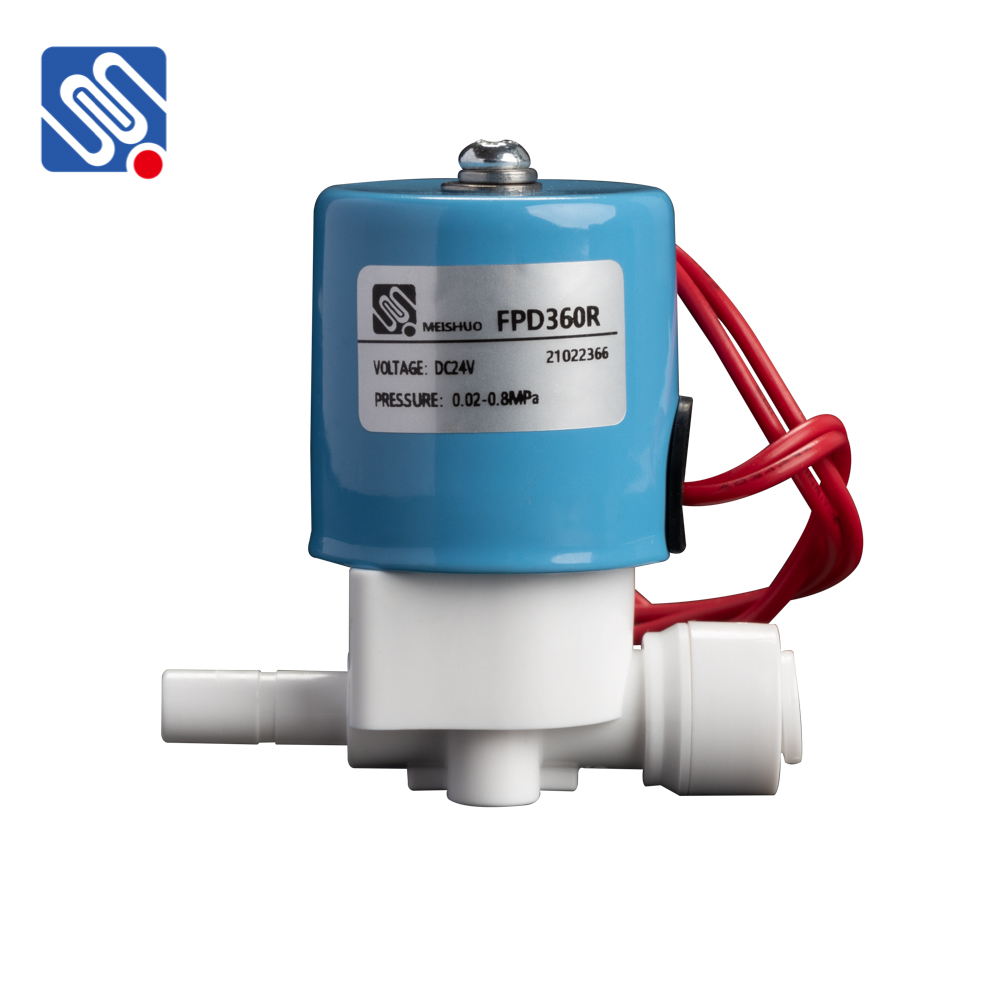rohs compliant solenoid valve: ensuring safety and environmental responsibility in industrial applications
Release time:2025-05-06 00:47:46
RoHS (Restriction of Hazardous Substances) compliance has become a critical factor in the design and manufacturing of electronic and electrical components across various industries. As regulations become stricter, ensuring that products meet environmental and safety standards is essential for manufacturers, distributors, and end-users alike. Among the essential components that must adhere to these standards are solenoid valves. In this article, we will explore what a RoHS compliant solenoid valve is, its importance, and the benefits of choosing such products for industrial applications.

What is a RoHS Compliant Solenoid Valve?
A solenoid valve is an electromechanical device that controls the flow of fluids or gases in a system. It operates by using an electric current to create a magnetic field, which moves a plunger that opens or closes the valve. Solenoid valves are commonly used in applications such as automation, water treatment, manufacturing, and medical equipment, providing precise control over the flow of materials.
RoHS, which stands for "Restriction of Hazardous Substances," is a directive established by the European Union in 2003 to limit the use of certain hazardous materials in electrical and electronic products. The RoHS directive restricts six substances known to pose significant environmental and health risks: lead (Pb), mercury (Hg), cadmium (Cd), hexavalent chromium (Cr6+), polybrominated biphenyls (PBB), and polybrominated diphenyl ethers (PBDE).


